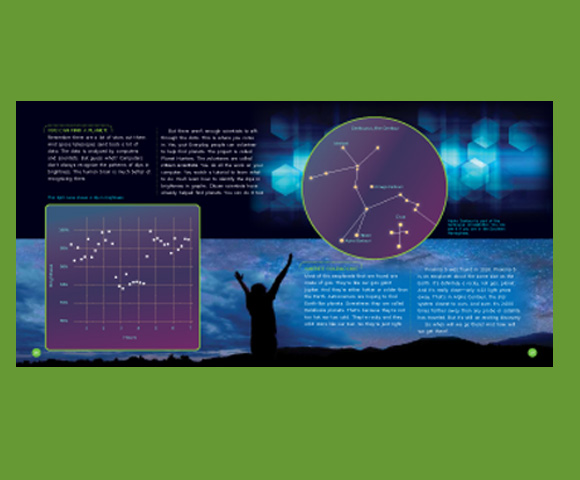

Johnson and Doña expanded the genomic sampling of mammalian louse genomes to include more lice associated with Afrotheria and compared the evolutionary history of the mammals and their lice. That research suggested that members of Afrotheria were the original mammalian hosts of lice. The INHS is a division of the Prairie Research Institute at the U. “These lice then went on to colonize other major groups of mammals through the process of host switching.”
Johnson, a principal research scientist and ornithologist at the Illinois Natural History Survey who led the study with Jorge Doña, a Marie Curie postdoctoral researcher at the University of Illinois Urbana-Champaign and the University of Granada, Spain. “In this paper, we use data from genome sequencing to show that a major newly recognized group of mammalian lice, including lice of humans, originated on the common ancestor of Afrotheria, a group of mammals primarily of African distribution that includes elephants, hyraxes and elephant shrews, among others,” said Kevin P. Those branching points – where one group of mammals began diverging into new forms – often were echoed in the genomes of the lice that parasitized those mammals, the researchers reported. The effort revealed that the two trees share a lot of parallel branches and twigs.

Reported in the journal Nature Ecology and Evolution, the study compared the genomes and family trees of lice and their mammalian hosts.


 0 kommentar(er)
0 kommentar(er)
